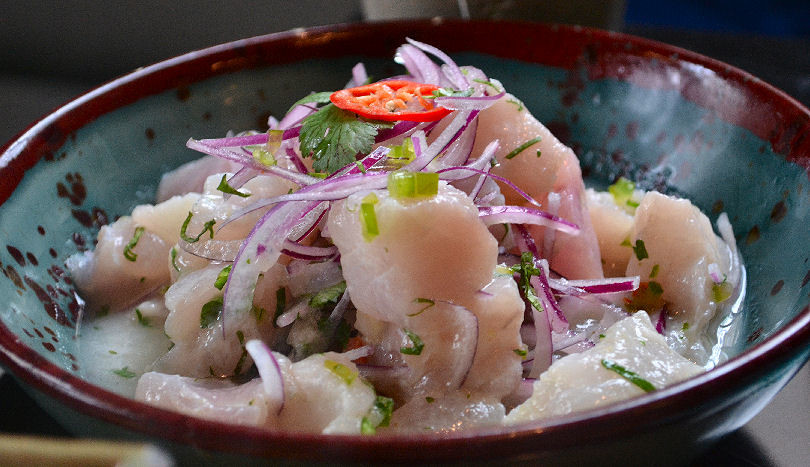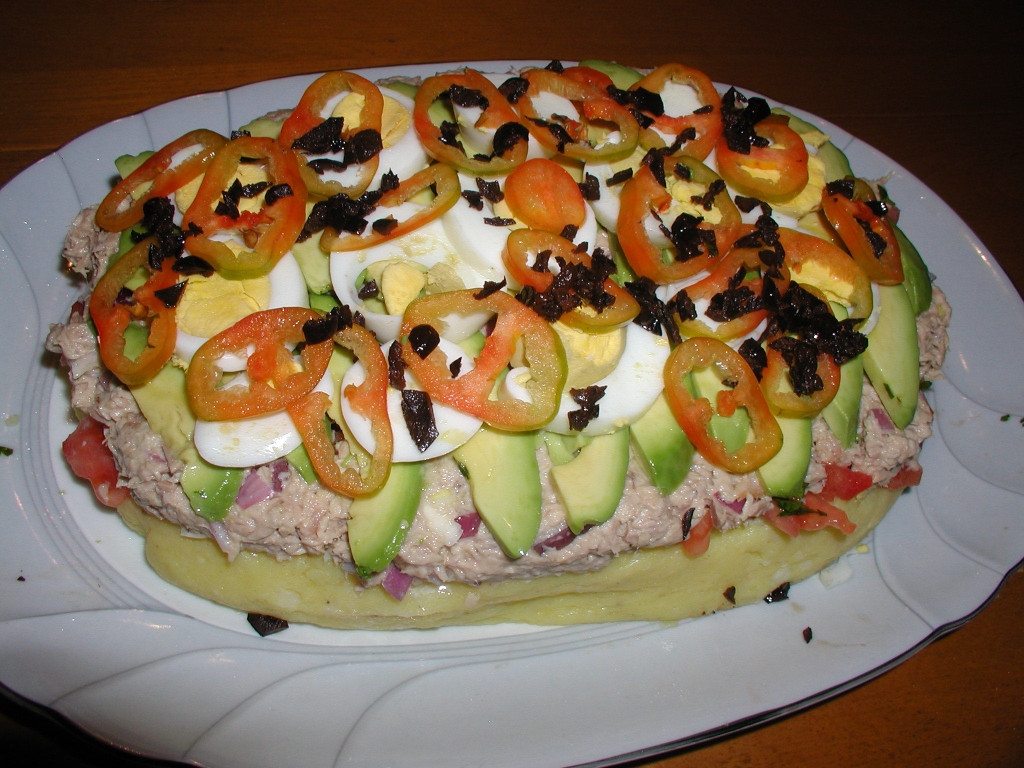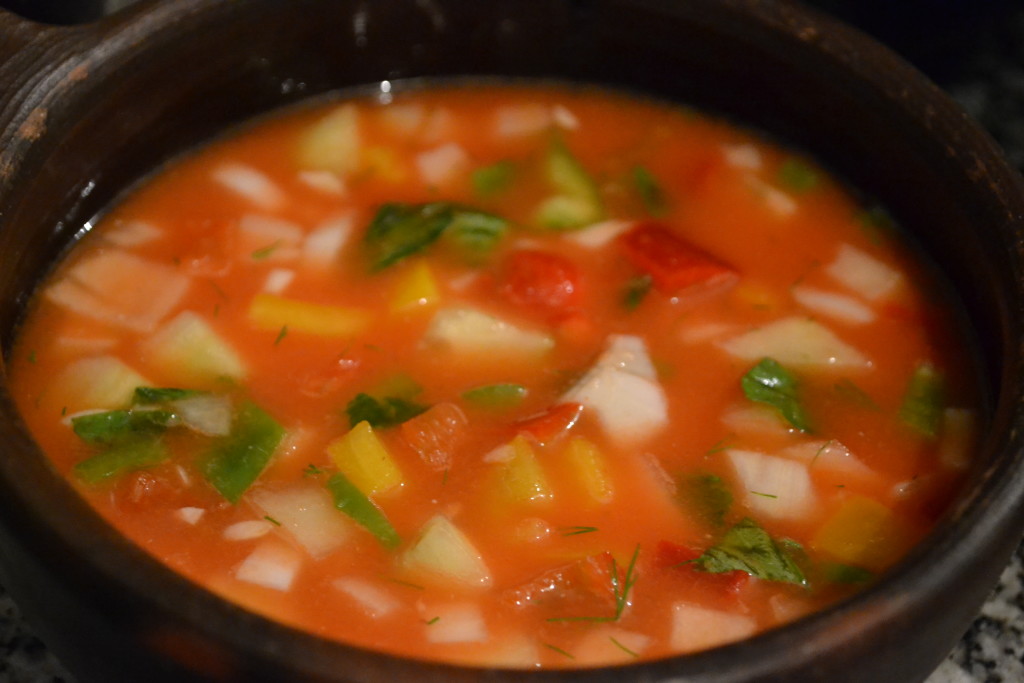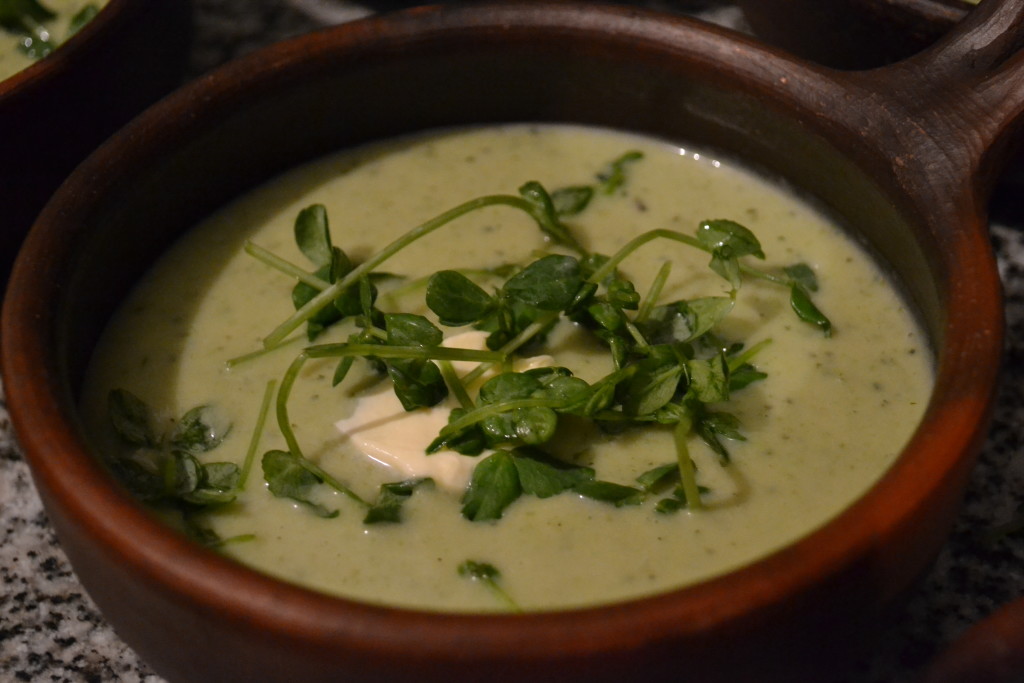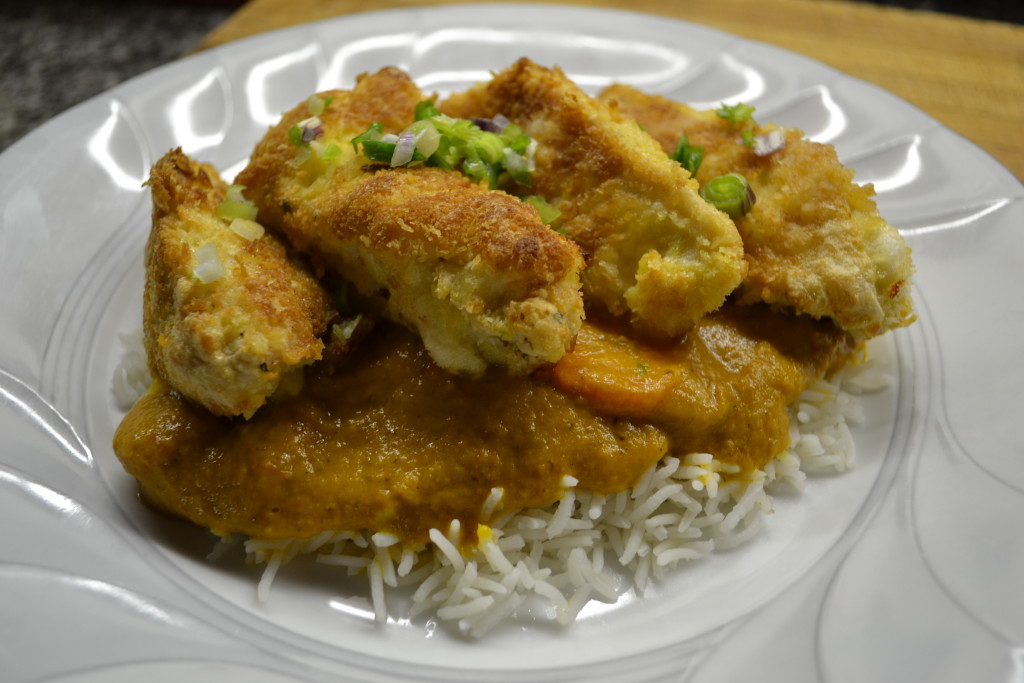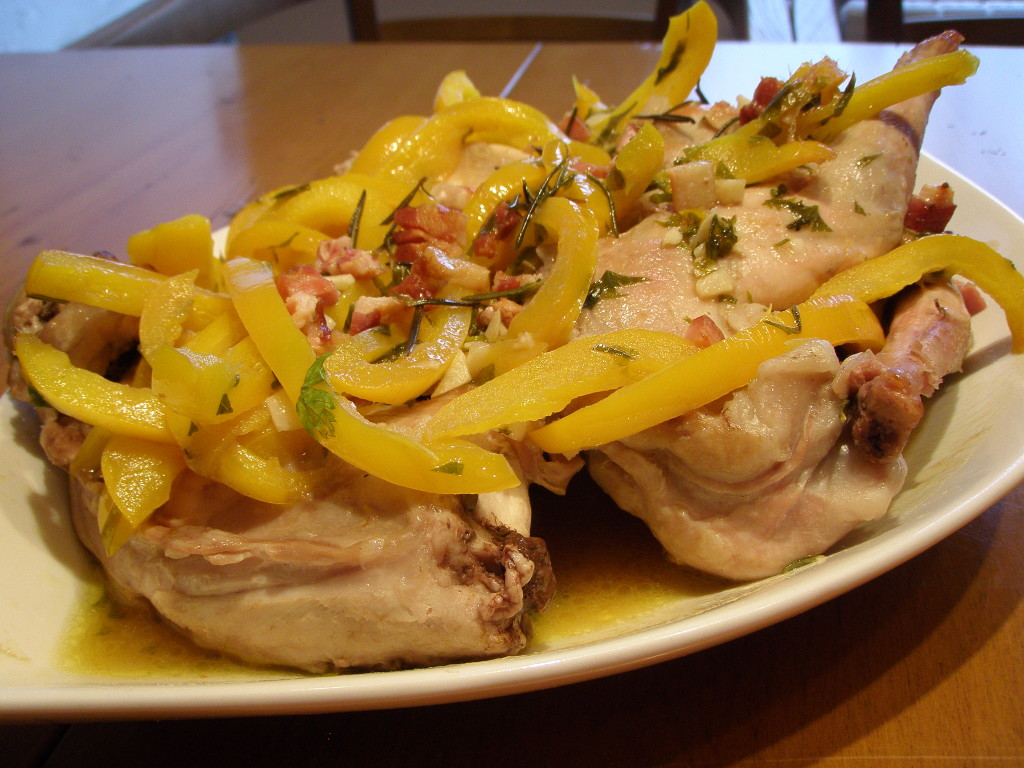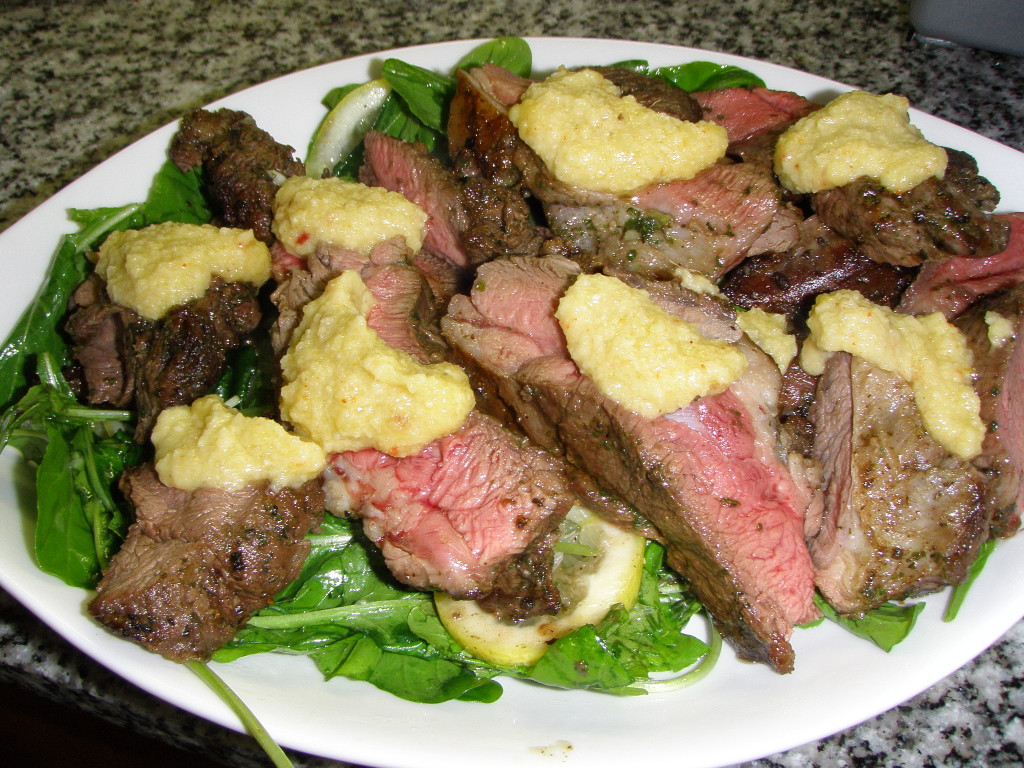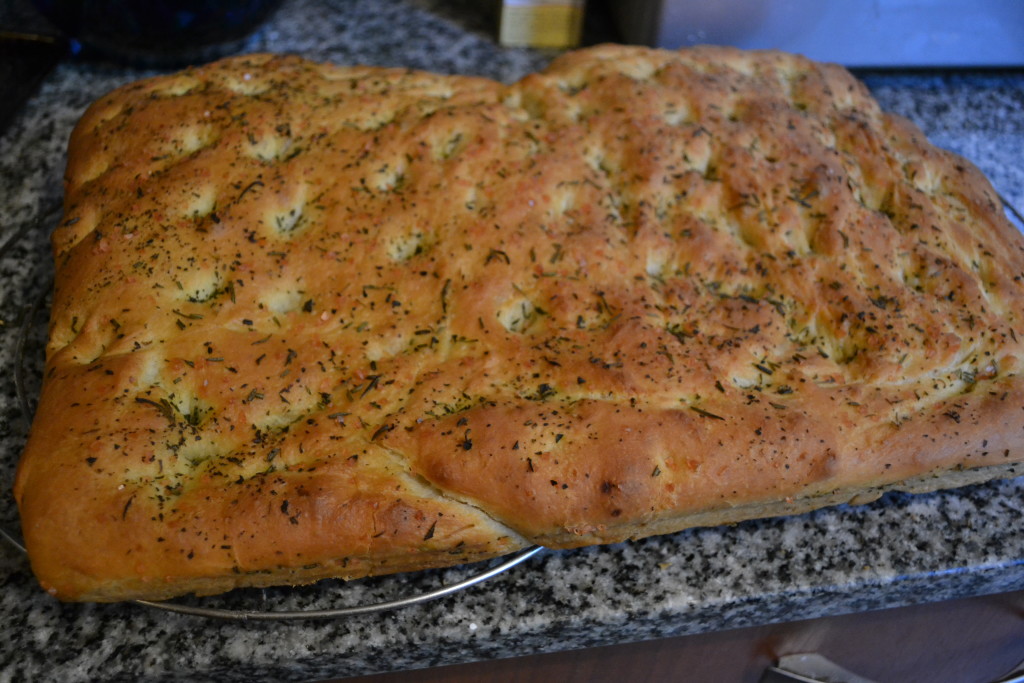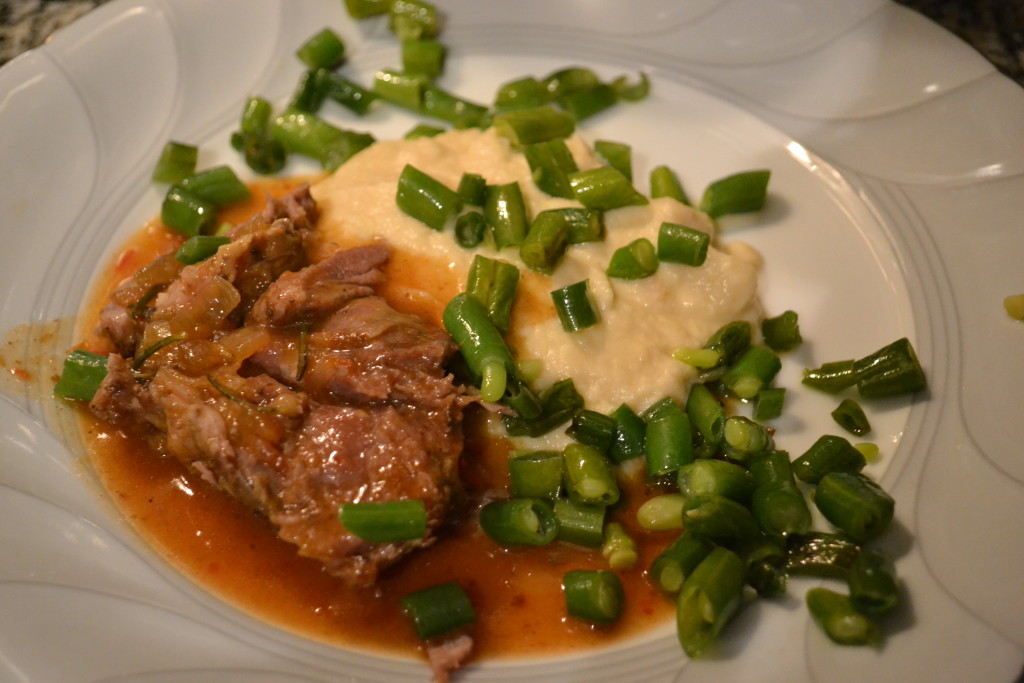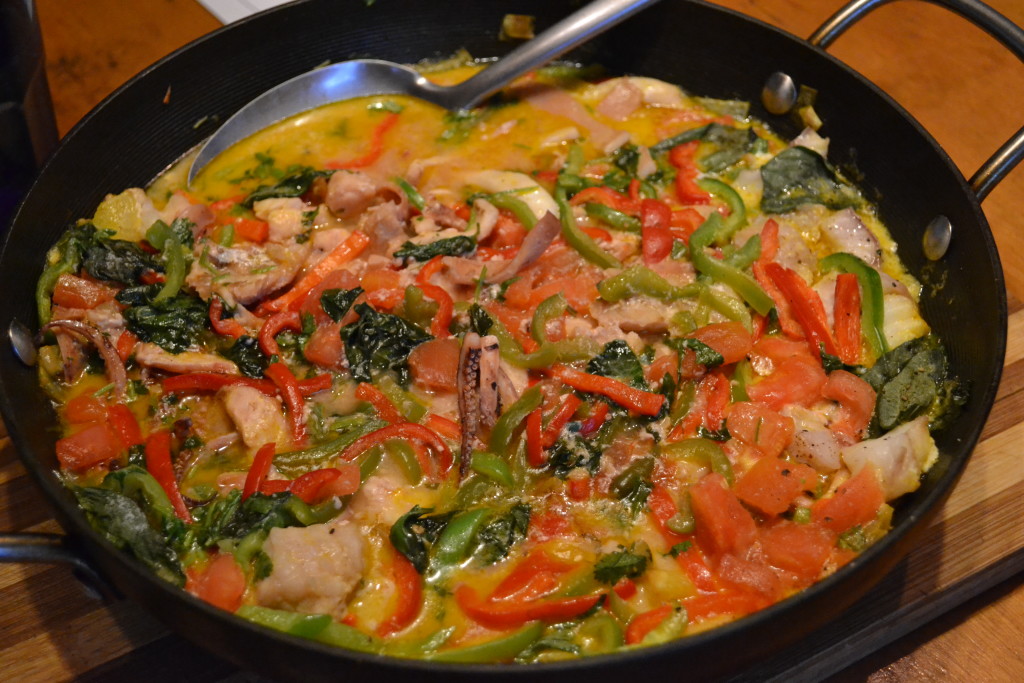Just be-causa
On Sunday supplement
Food and Wine
Apparently all the predictions are holding true. Peruvian cuisine is the “it girl” of the cuisine world and it seems like every time I turn around here there’s another spot offering either home-style Peruvian food or some version of Peruvian or Andean fusion. Most often the latter seem to be a melding of Japanese into the mix, but there are other Asian influences, Mediterranean, and no doubt any moment, something Eastern European will show up. It’s sort of surprising no one’s opened an Argentine-Peruvian fusion spot yet. It’s coming, you heard it here first.
We’re not immune from the phenomenon, though, given that my partner is Peruvian, so there tends to be a lot of experimentation going on around the house. But most of the time we tend to stick with the tried and true for our own dinners – there’s so much to play with, and, let’s face it, the food is good just the way it is.
So, everyone who remembers their mother’s tuna fish casserole, raise your hand. There were a legion of recipes for that icon of 1950s and 1960s norteamericano cuisine. Let’s face it, there was no other possible use for Campbell’s Cream of Mushroom soup that didn’t involve patching a hole in the drywall. The biggest variation, and cause of many a neighborhood argument, was whether or not it should be topped with crumbled potato chips or French’s fried onion rings. The same argument raged over green bean casseroles, but that was a holiday dish. Tuna casserole was weekly fare.
It turns out that similar arguments were surging throughout Peru. It may actually be that canned tuna is at the root of much evil in global society, and may bear further investigation. The addition of canned tuna to the classic Peruvian mashed potato dish, causa, was no doubt an improvement in the nutritional content of the dish, since prior to that it seems it was not much more than cold seasoned mashed potatoes, but it has also led to arguments amongst the Peruvian foodie community over authenticity and limits on creativity.
Regardless, these days, the tuna causa is ubiquitous throughout the nation, and despite the fancier versions showing up on menus here with shrimp, octopus, chicken, and other proteins, it remains about as classic as it gets without going back to a plain potato dish. Here’s our home staple these days – though we don’t make it every week. My mother might have even been proud to serve this.
Tuna Causa
Potato base:
3 large potatoes
80 ml olive oil
2 tablespoons ají amarillo powder
juice of 1 lemon
salt and white pepper
Boil, peel, and mash the potatoes. Add the olive oil a bit at a time, to taste and until it has a nice smooth consistency. Add the lemon juice. Season with salt, pepper, and the ají amarillo to taste – you could also use chopped or pureed fresh or reconstituted dry peppers – this is a mild yellow pepper (spicier than a bell pepper, but mild). Form it into the base of your presentation on a platter and chill in the refrigerator for ½-1 hour just to firm it up a bit. This dish is generally served cold or room temperature.
Tuna layer:
3 cans of tuna (I like to use the water packed)
1 small red onion, chopped
mayonnaise
salt and white pepper
This is pretty much just a simple tuna salad. Mash the tuna, add the onions and enough mayonnaise just to make it moist and hold together. Season to taste.
Assembly:
Potato base
Tuna salad
1 tomato, seeded and diced
1 avocado, peeled and sliced
1 rocoto or other medium hot pepper
2 hard boiled eggs, sliced
chopped black olives
chopped parsley and cilantro
juice of 1 lemon
You should have a nice, firm mashed potato base to build on. Top with chopped tomato and herbs. Layer the tuna salad on top of that. Next, the avocado slices sprinkled or brushed with the lemon juice so they don’t brown. Then the hard boiled egg slices (you can hard boil your eggs along with your potatoes above, just don’t leave them in the water the entire time) and the pepper rings. Scatter the chopped olives over the whole thing. Set it on the table, ooh and ahh a little, dig in.
A series of recipes and articles that I started writing for the Buenos Aires Herald Sunday supplement, Food & Wine section, at the beginning of 2012. My original proposal to them was to take local favorite dishes and classics and lighten them up for modern day sensibilities. We’re not talking spa or diet recipes, but at the very least, making them healthier in content, particularly salt, fat and portion size. As time went by, that morphed into a recipe column that, while emphasizing food that is relatively “good for you”, wasn’t necessarily focused on local cuisine. At the beginning of 2013 I decided to stop writing for them over some administrative issues, but it was fun while it lasted.
